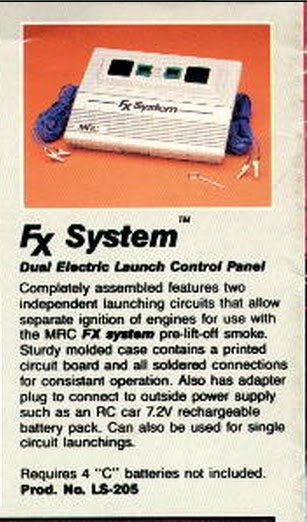News Release
January 31, 2015
eRockets is proud to announce the acquisition of Semroc Astronautics Corporation.
eRockets will relocate Semroc to their facility in Dayton, Ohio, and resume full production of Semroc flying model rocket kits.
Semroc was originally founded in the 1960’s by Carl McLawhorn to enhance the options for flying model rocket enthusiast. The remaining family members decided it was going to be impossible to continue the company without Carl and ceased production.
eRockets was founded by Randy Boadway in 2009. eRockets sells model rocket kits via the internet and ships to customers around the world. eRockets boast the world’s largest selection of flying model rocket kits with over 700 kits in stock. eRockets entered an agreement to take over Totally Tubular in 2010 and purchased A2Z Hobbies in 2013.
Randy Boadway will remain at the helm of eRockets and launch them into the next phase by enhancing the experiences of model rocketeers around the world by operating Semroc as a manufacturer. Semroc will continue to produce some of the highest quality model rocket kit in the marketplace under the Semroc name. eRockets will continue as an internet retailer while sharing resources like space, administration and shipping facilities with Semroc.
The plan is to have production restart sometime in February with flying model rocket kit re-releases beginning shortly after start up. Boadway indicated that the first kits produced will be the popular kits where we can get parts through the pipeline quickly. In its prime Semroc produced over 150 different kits.
We have a good team of people that will be an important part of producing parts and kitting the models at Semroc. Every member of this new team has a lot of experience building and flying rockets. Each has already been an inspirational help to the hobby and will provide great incite towards making the Semroc kits even better.
The facility in Dayton, Ohio will provide more space and efficiency that could be provided in North Carolina. This will also allow for better buying and storage opportunities.
Our thanks goes out to Bruce McLawhorn, Sheryl McLawhorn and the late Carl McLawhorn for creating such an exceptional company and product of Semroc.
eRockets can be found at www.eRockets.biz
Semroc will soon be available again at www.semroc.com
Questions may be addressed to erockets@rocketmail.com

















































